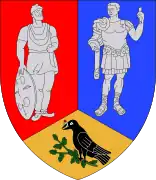Certeju de Sus | |
|---|---|
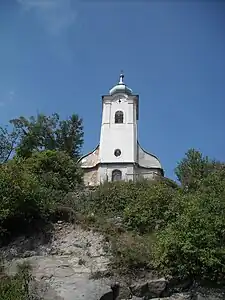 Roman Catholic church in Săcărâmb | |
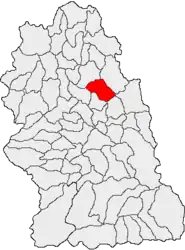 Location in Hunedoara County | |
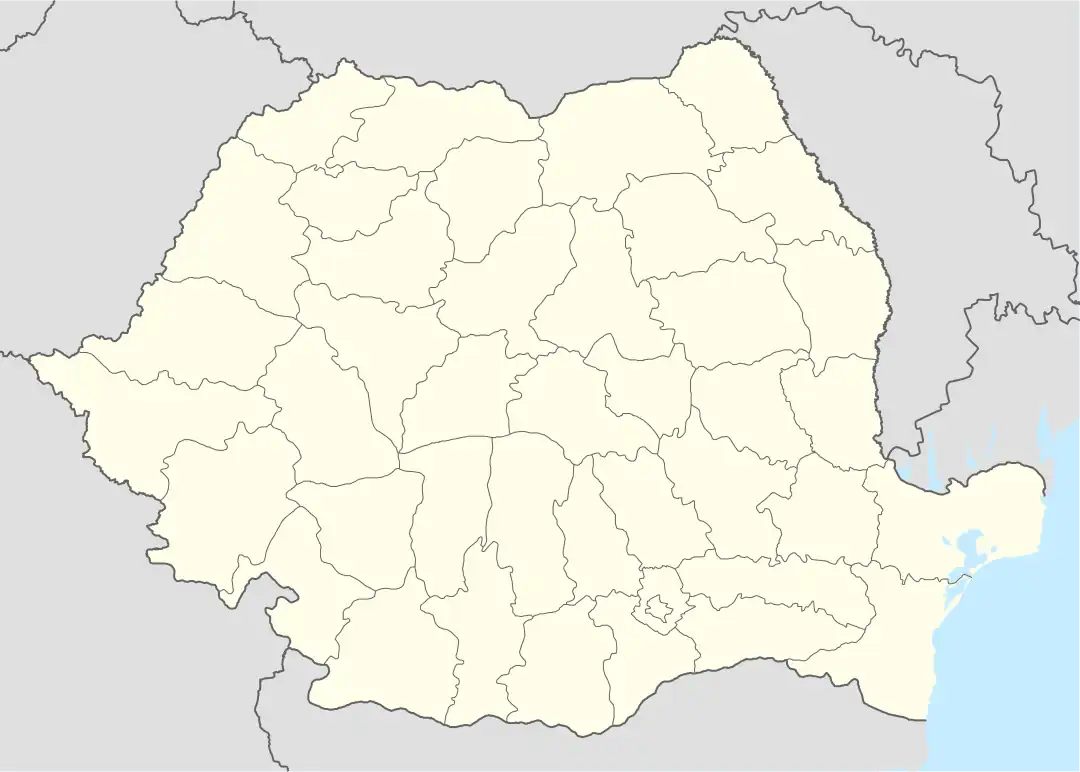 Certeju de Sus Location in Romania | |
| Coordinates: 45°58′N 22°58′E / 45.967°N 22.967°E | |
| Country | Romania |
| County | Hunedoara |
| Government | |
| • Mayor (2020–2024) | Petru Adrian Cîmpian (PNL) |
| Area | 89.65 km2 (34.61 sq mi) |
| Elevation | 285 m (935 ft) |
| Population (2021-12-01)[1] | 2,870 |
| • Density | 32/km2 (83/sq mi) |
| Time zone | EET/EEST (UTC+2/+3) |
| Postal code | 337190 |
| Area code | (+40) 02 54 |
| Vehicle reg. | HD |
| Website | www |
Certeju de Sus (Hungarian: Felsőcsertés) is a commune in Hunedoara County, Transylvania, Romania. It is composed of nine villages: Bocșa Mare (Boksatelep), Bocșa Mică, Certeju de Sus, Hondol (Hondol; German: Hondolen), Măgura-Toplița (Magura), Nojag (Nozság), Săcărâmb (Nagyág; Gross-Astdorf), Toplița Mureșului (Toplica), and Vărmaga (Vormága).
The commune is the site of the Certej Mine and of the 1971 Certej dam failure.
Natives
- Ioan Moța (1868-1940), Romanian Orthodox priest, nationalist politician, and journalist
References
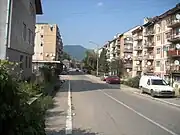 Housing blocks in Certeju de Sus
Housing blocks in Certeju de Sus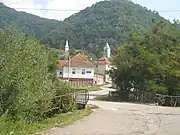 Hondol
Hondol Romanian Orthodox church and graveyard in Săcărâmb
Romanian Orthodox church and graveyard in Săcărâmb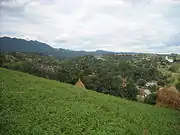 Vărmaga
Vărmaga
This article is issued from Wikipedia. The text is licensed under Creative Commons - Attribution - Sharealike. Additional terms may apply for the media files.
